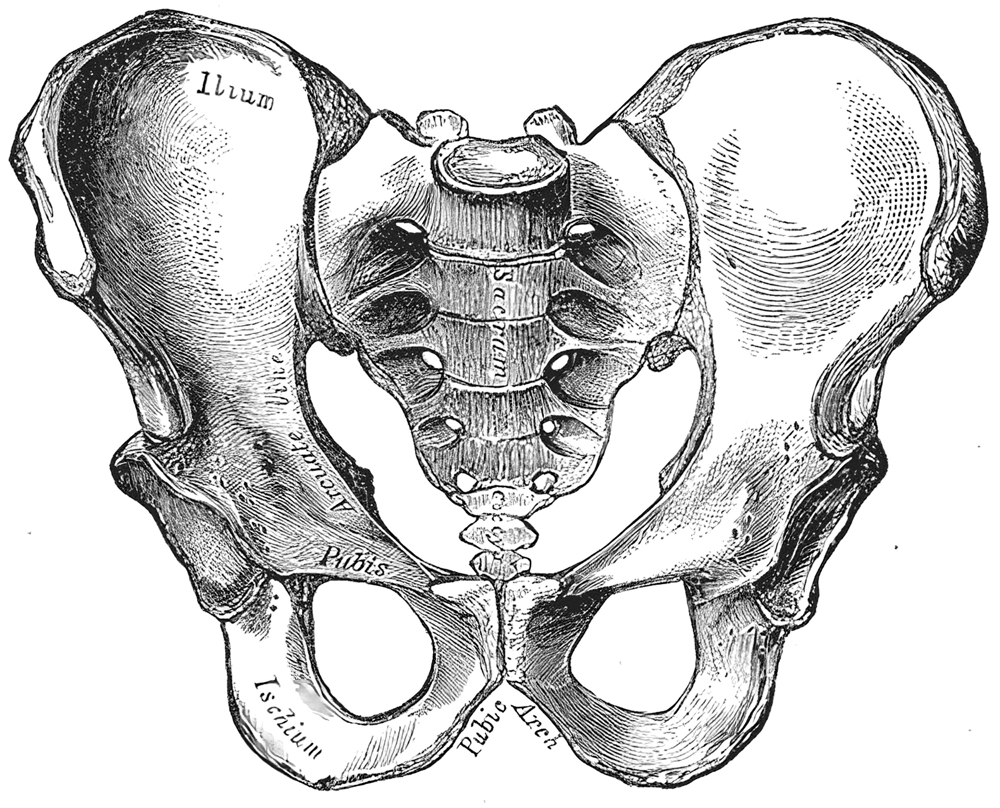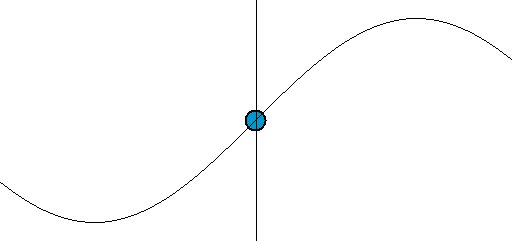We just learned a little about Snails.
River otters love to swim when they're hunting for food or just playing.
They can stay underwater for 4 minutes!
When they're underwater, they have special skin flaps in their ears and noses
that shut tight to keep the water out.
That would be pretty nice to keep water out of your nose, wouldn't it?

(from: wikipedia - north american river otter)






